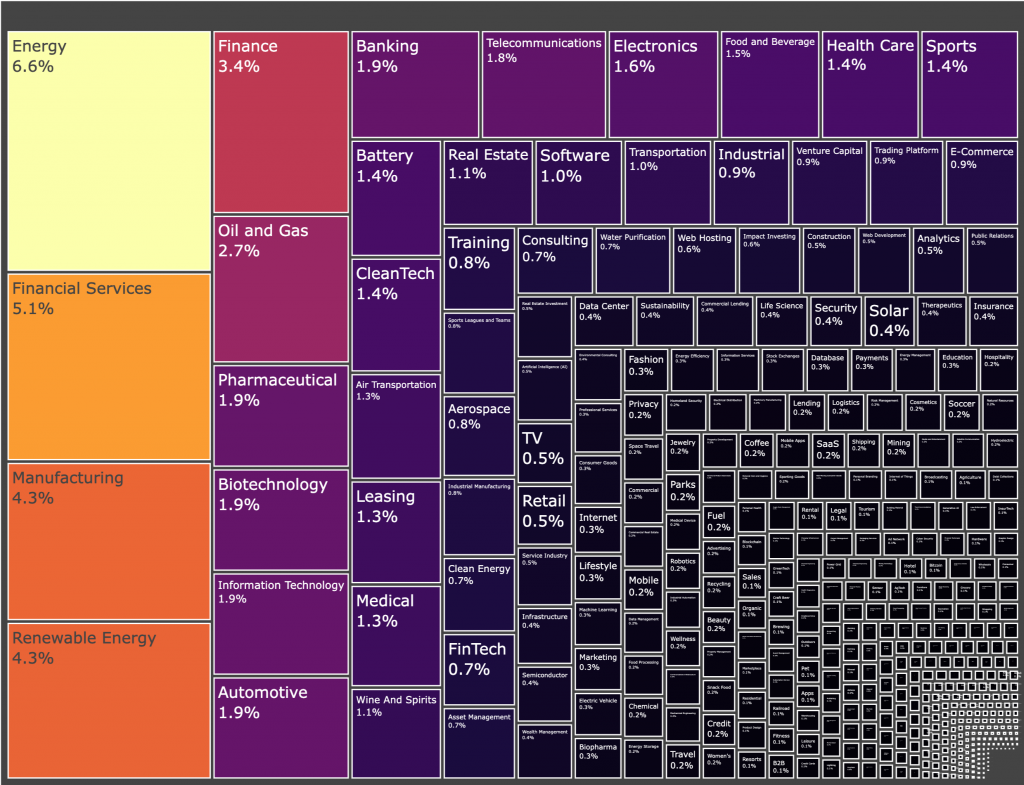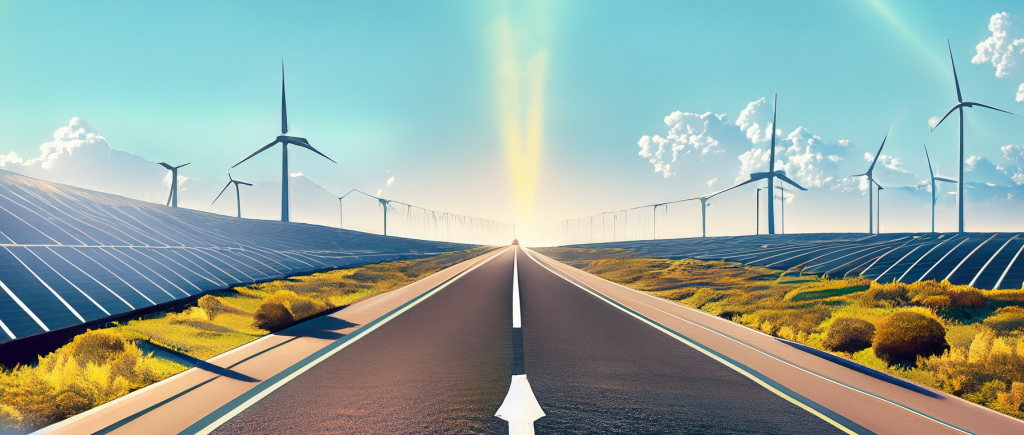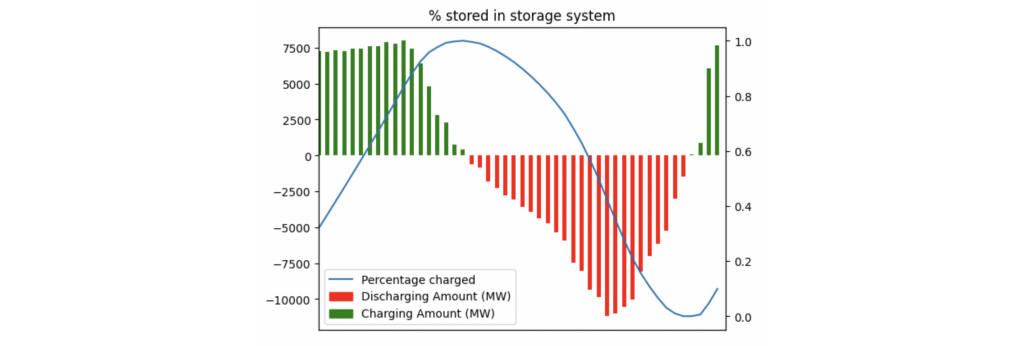EPDs: as easy as 1, 2, 3?

Construction data is hard, and not as simple as do-re-mi (last Jackson 5 reference I promise). Sites and projects are complex, prone to going over budget and creeping out of scope. This makes it hard to understand which materials have gone into a building and where they came from. But why does this matter?
The European Built World Funding Report

We see a lot of deals at PT1, across different sectors, stages, and countries. Often, we’d sit and go through our data, trying to find trends and stories to tell. Occasionally, we’d go through other databases as well, and see how the market was doing. These were always internal exercises, designed to help us reflect and take stock of what was going on.
This time, we’re doing something differently. We’ve analysed every single transaction that took place in Europe from September 23 and February 24 (data from Crunchbase). Here, in our first public report, we can share the results.
The Plattenbauten Legacy: Decarbonising Multi-family Buildings

Real estate is carbon-intensive. Operating and constructing buildings makes up 40% of the EU’s energy consumption – and the majority is from operations. All realistic net-zero pathways have decarbonising buildings as a central part. But we’re behind target. The residential retrofit rate in Germany has hovered at 1% of housing stock for the last few years. At this rate it will take over a century to decarbonise residential buildings alone (way beyond our targets).
The time value of carbon on our investment decision making

The transition to net zero is underway. We need to minimise our emissions to have any hopes of maintaining our 1.5°C targets. Doing so requires gargantuan effort and a lot of money. That’s where investors like us come in. However, we are inundated with different climate-related investment opportunities. So what should we focus on? We […]
What would a perfect energy storage system in the UK look like?

The UK’s energy grid needs help. Sometimes we generate too much renewable energy, and we have nowhere to put it, or we can’t move it to somewhere where it needs to go. This doesn’t sound like a problem, except having “extra electricity” flowing around the grid is bad.




